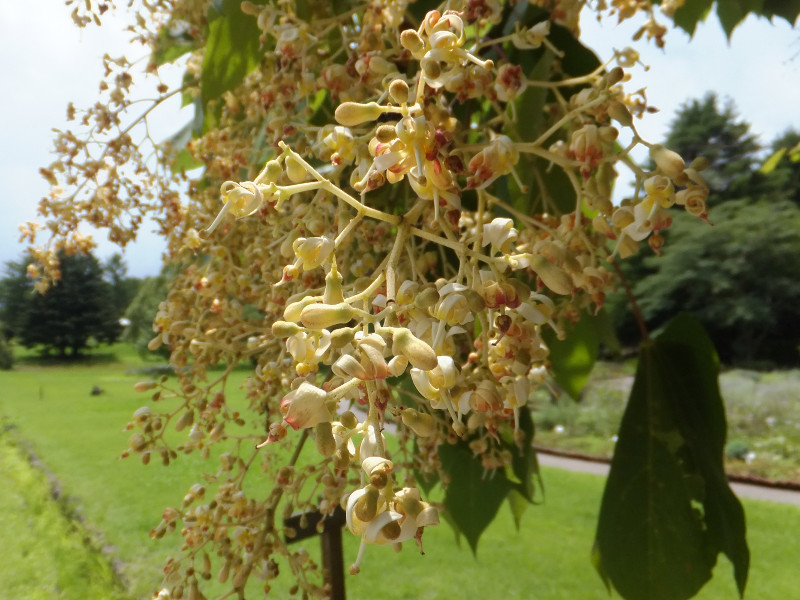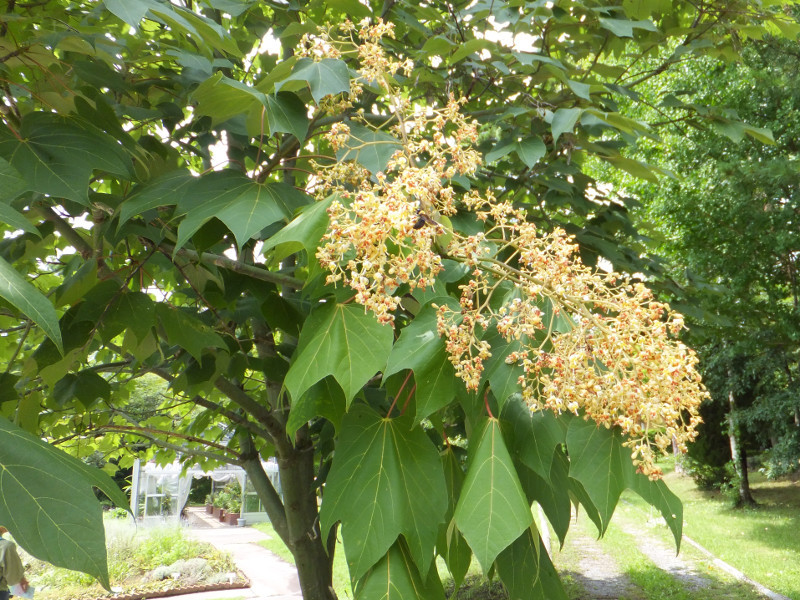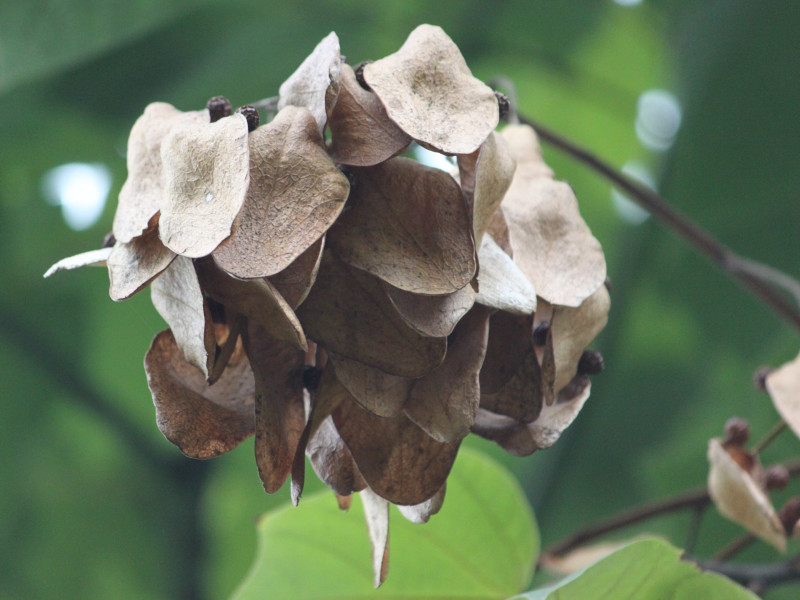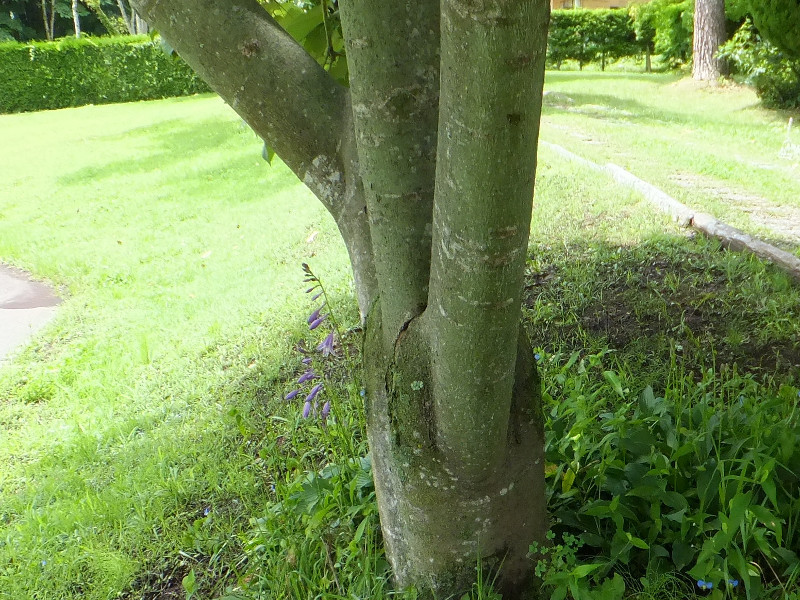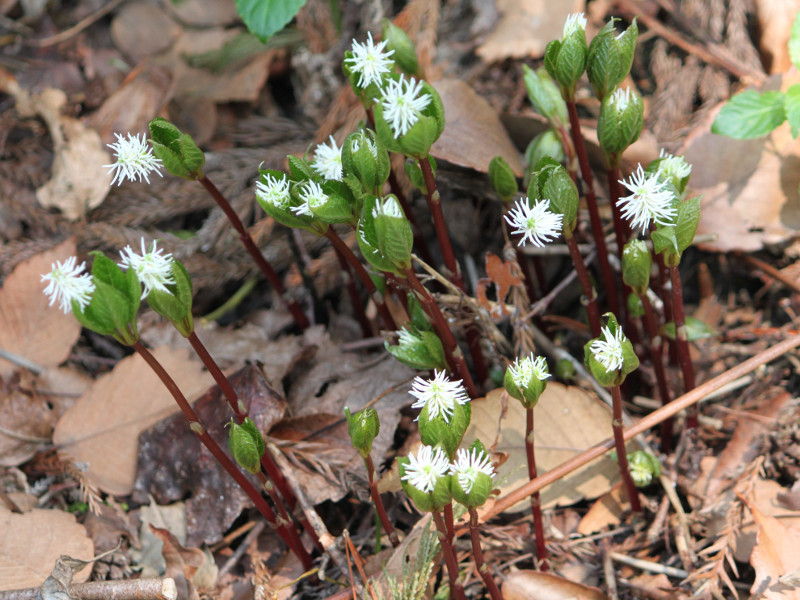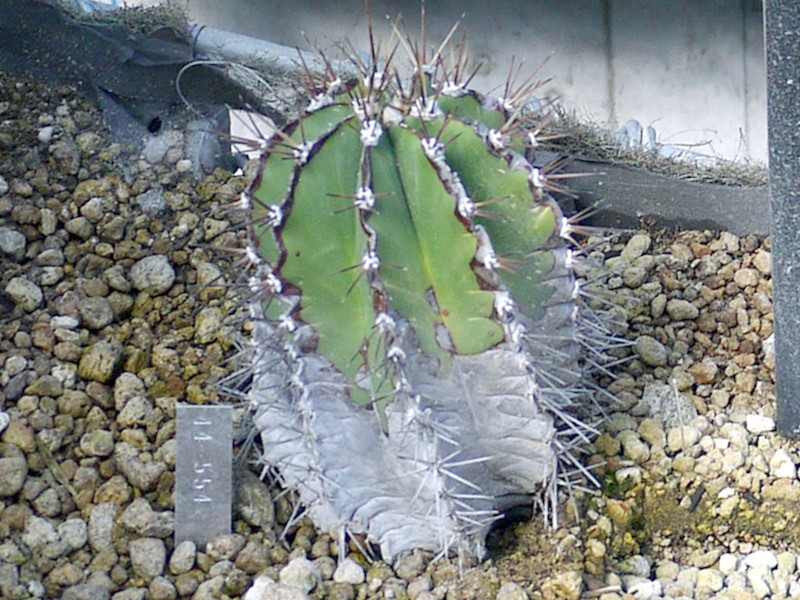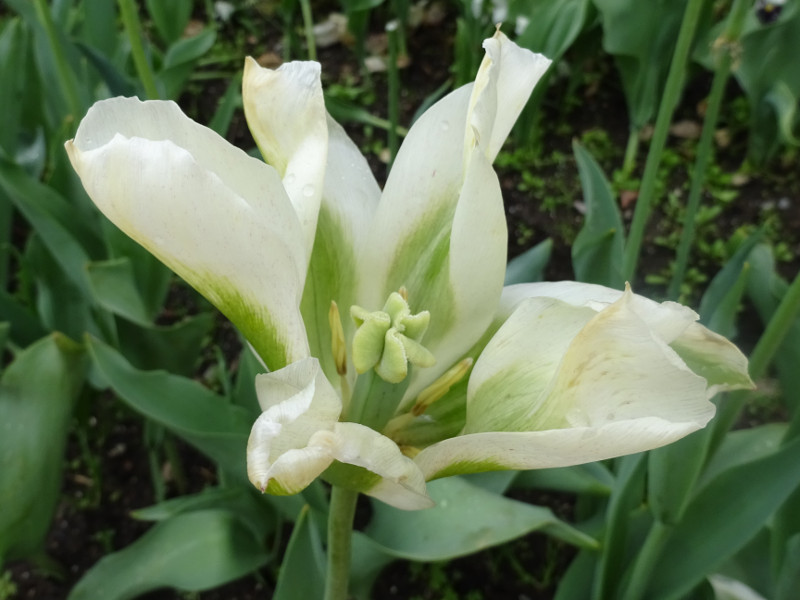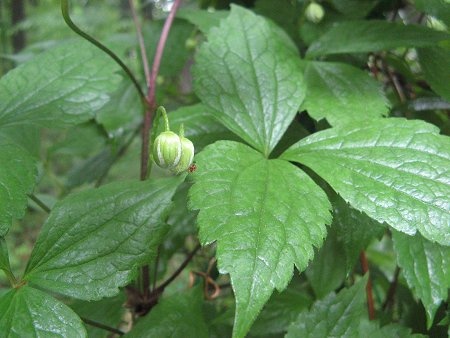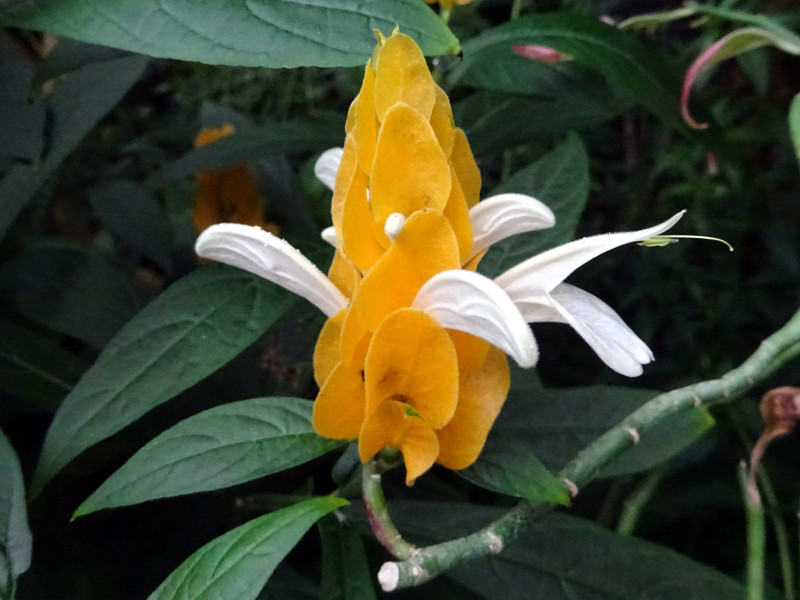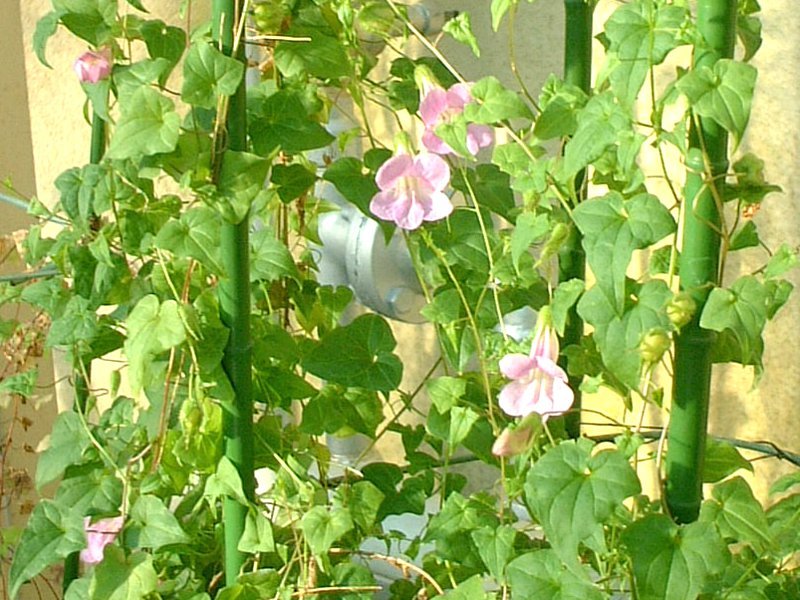Firmiana simplex
- Flower nameFirmiana simplex
- Scientific nameFirmiana simplex
- Alias青桐, Chinese parasol tree, 梧桐
- Place of originChina and Japan
- Place of floweringPark, Streets, Planting
- Flowering seasonMay, June, July
What is Firmiana simplex
Firmiana simplex, Paulownia , Sultan's parasol, or aogiri , scientific name: Firmiana simplex, a deciduous tree native to China and Japan in the family Sterculiaceae. The height of the tree is 10-20 meters. The leaves have long petioles and palmate lobes with three to seven lobes. From early summer to summer, it produces conical inflorescences with no petals and many five light yellow sepals that look like flowers. The tree is used as an ornament tree, roadside tree, park tree, and garden tree; the wood is used for musical instrument store equipment and clogs; the tough bark is used for textiles; the leaves are used to stop bleeding and as a tobacco substitute; and the seeds are used as food and in herbal medicine for cough medicine.
Common namel: Firmiana simplex, Paulownia , Sultan's parasol, or aogiri , scientific name: Firmiana simplex, origin: China and Japan, living type: deciduous trees, height: 10-20 m, bark color: green, leaf color: green, leaf arrangement: alternate, leaf length: 15-30 cm, leaf: 3-7 crack palmate, petiole long, leaf margin: entire flowers: panicles, flowering period: June-July, petals: nothingness, sepals number 5, flower (actually sepals colored): pale yellow, Inflorescence length: 30-50 cm, flower diameter:1-1.5cm, stamens number: books, fruit types: fruit bags, NAMI ending: August - October, fruit color: green color in Tan, fruit length: cm, fruit: dehiscent and boat-shaped, with four spherical seeds when the seed color: Tan, seed size:0.4-0.7cm, seed-shaped globular, seed number five, entomophilous
